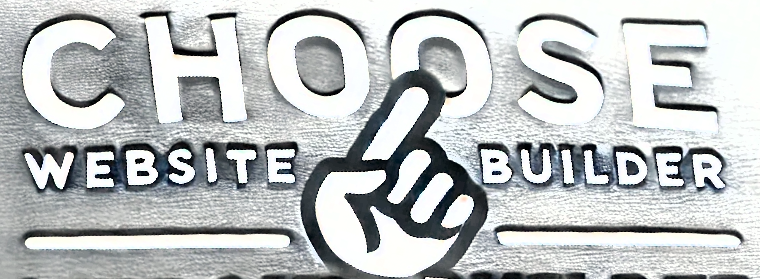
Introduction:
So, your WordPress site got hacked. It’s a nightmare scenario for any website owner, and unfortunately, it’s a very common one. After the initial panic, you’ve taken steps to remove the malware, restore from a backup, and maybe even hired a professional to help. Your site is back up and running, but… something doesn’t feel quite right. You might be feeling that your site is somehow “dirty” after the fact. This article delves into why you may feel that way and the lingering challenges that can impact your site’s security, code, and SEO performance.
The Lingering Distrust:
Even after a successful cleanup, it’s normal to feel a lingering sense of distrust. You might be asking yourself:
- Did we get everything? Are there still hidden files or backdoors left behind by the hackers?
- Could it happen again? Is the website as secure as it was before?
- Has our reputation been damaged? How long will the effects of the hack linger?
This distrust stems from the nature of hacks. Hackers can be incredibly sneaky, leaving behind subtle code changes that are difficult to detect.
The Messy Code Reality
Cleaning up a hacked WordPress site often leaves behind a mess. Here’s why:
- Injected Code: Hackers often inject malicious code into theme files, plugin files, database entries, or even core WordPress files. Even if the malware is removed, this injected code can be difficult to remove fully, and may still leave behind issues.
- Compromised Plugins & Themes: Even a fully removed theme or plugin can be a point of infection. Compromised plugins or themes may have been altered, and should not be used, even if they were not the initial point of entry.
- Database Mess: Hackers may also inject unwanted data into your database, making it bloated and disorganized. This can impact your site’s performance, cause database errors, and make cleanup incredibly messy.
Even when you do your best to manually clean up, it’s easy to miss hidden malware, making your site feel “dirty” and unstable. You may have issues where random posts appear, the layout looks odd, pages are slow to load, etc.
The SEO Nightmare and Spam:
A hacked WordPress site can wreak havoc on your SEO:
- Spam Injections: Hackers often create spam pages or insert hidden spam links. These can damage your website’s reputation and hurt your search engine rankings.
- Spam Posts & Comments: Spam and unauthorized posts may have been added to your site to help with the hackers goals, and these can linger and hurt your site.
- Keyword Stuffing: Hackers can sometimes inject unwanted keywords into your website content or SEO settings. This could include keywords for unrelated or malicious purposes, which can damage SEO rankings and lower user experience.
- Blacklisting: Your website may also have been added to blacklists by Google or other services, which prevents people from accessing the site, and greatly reduces rankings.
- Google Penalties: Google may penalize your site for these issues, making it difficult for people to find you in search results.
- Slow Loading Times: All of this added bloat can lead to slow loading pages, which is bad for SEO.
Cleaning up these SEO issues is often time-consuming and can feel like a never-ending battle. You may also have to disavow a large amount of bad links, using third party SEO tools.
Rebuilding Trust and Moving Forward:
Rebuilding trust in your site after a hack is difficult, but essential. Here’s what you should do:
- Implement Robust Security: Install a strong security plugin, enable two-factor authentication, and consider using a web application firewall (WAF).
- Regular Backups: Ensure you have regular, clean backups. A good backup will be important to restore your site quickly if something were to happen again.
- Core, Theme, and Plugin Updates: Keep all software updated to patch vulnerabilities.
- Regular Security Scans: Implement security scans and check to see if there are issues on your site regularly.
- SEO Audits: Regularly audit your site for signs of spam, keyword stuffing, or compromised content.
- Consider a Fresh Start: If your site is too messy, or you simply do not trust it any longer, you might consider starting fresh with a new installation of WordPress, and copying over only your content.
- Be Proactive: Watch for suspicious activity, and learn from the experience, to reduce future risk.
Conclusion:
Recovering from a WordPress hack is not just about getting your site back online; it’s also about rebuilding trust in your website, cleaning up the mess, and restoring your SEO rankings. The feeling of a “dirty” site is a valid concern after a hack, and being aware of these lingering issues is essential for taking action and ensuring the long-term health of your website. By taking the right steps, you can strengthen your site’s security and regain the trust of your users and search engines.
Have you ever recovered from a WordPress hack? Share your experience in the comments below!
If you’re feeling unsure about your site’s security, reach out to a professional for help.













